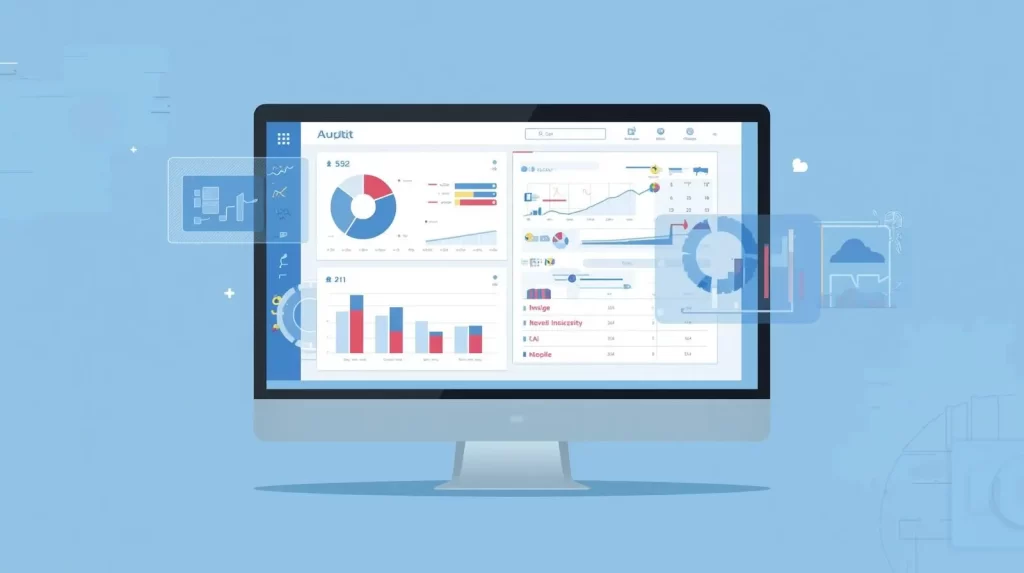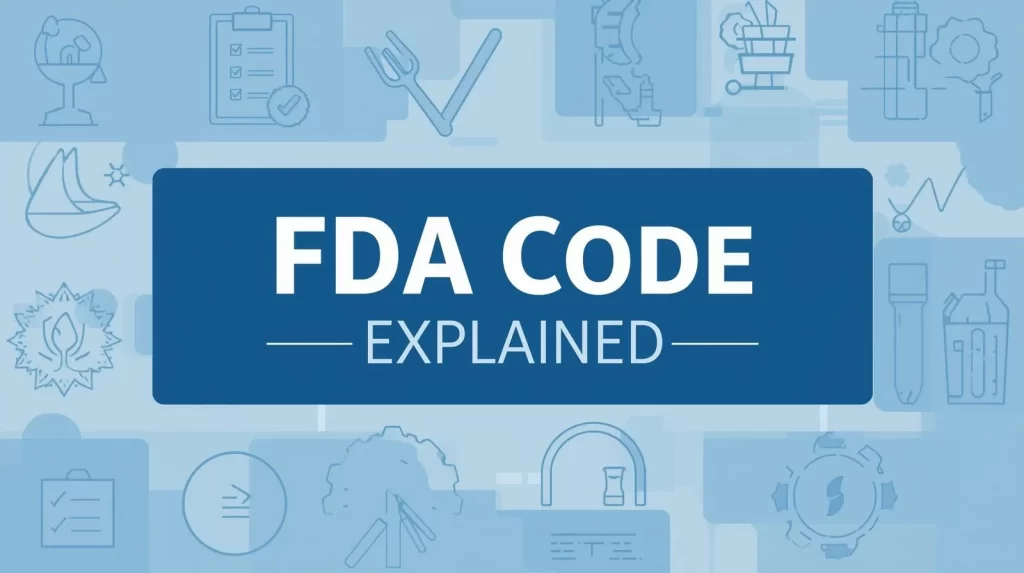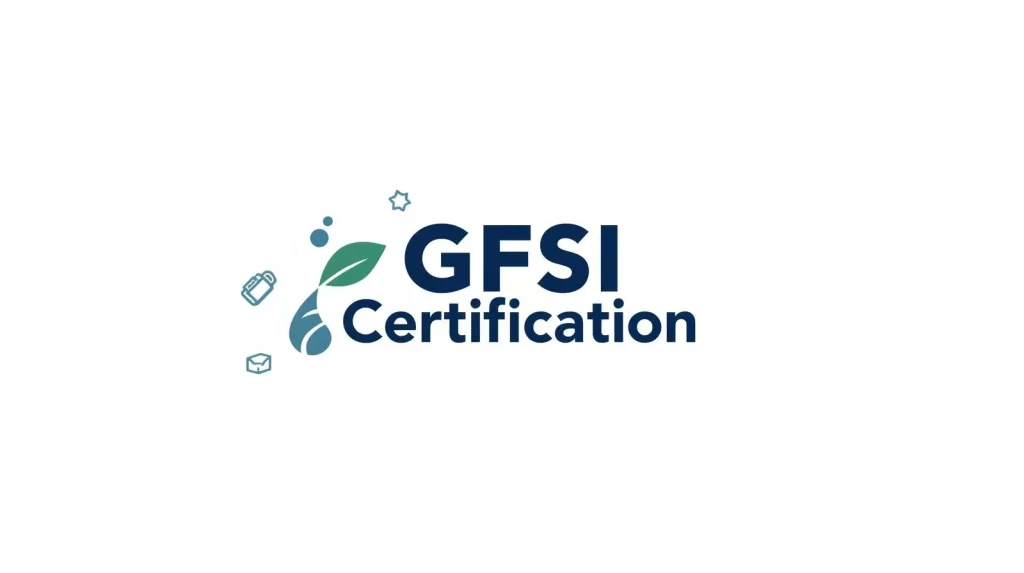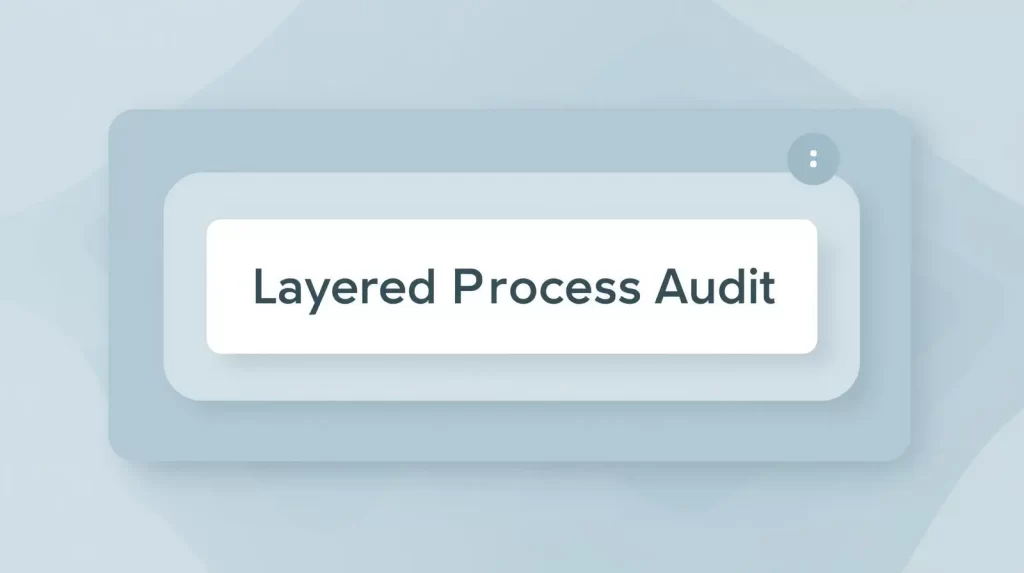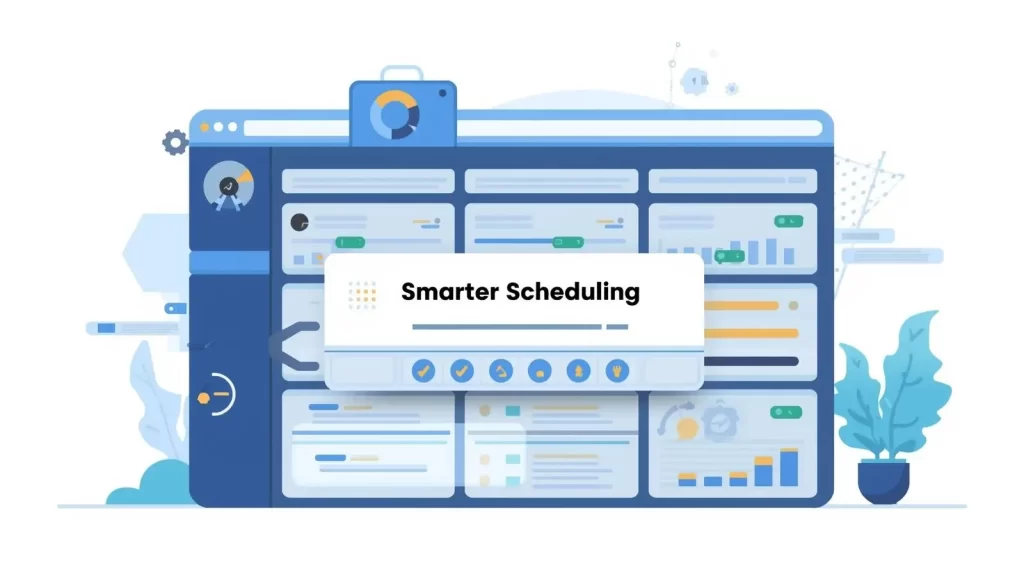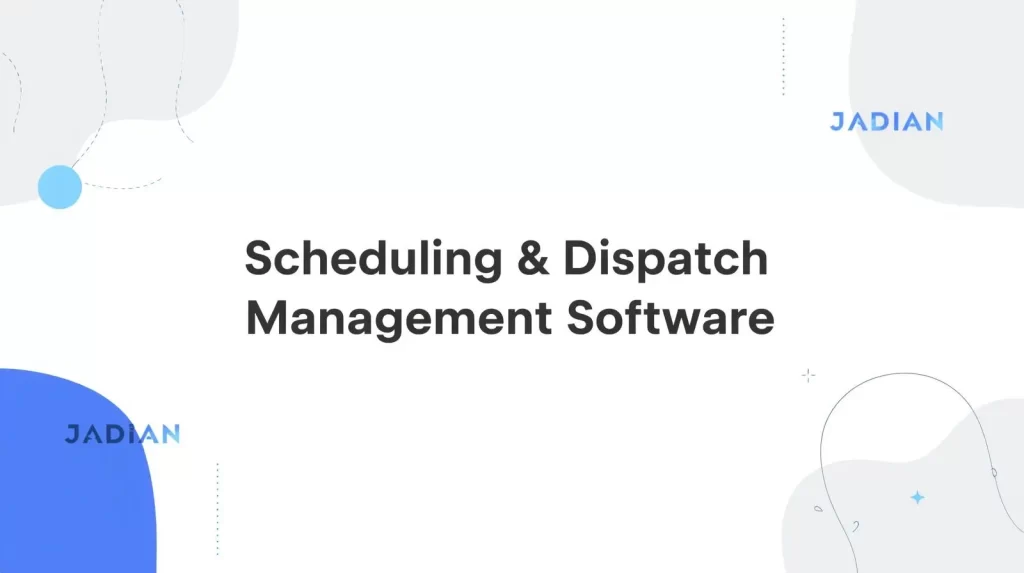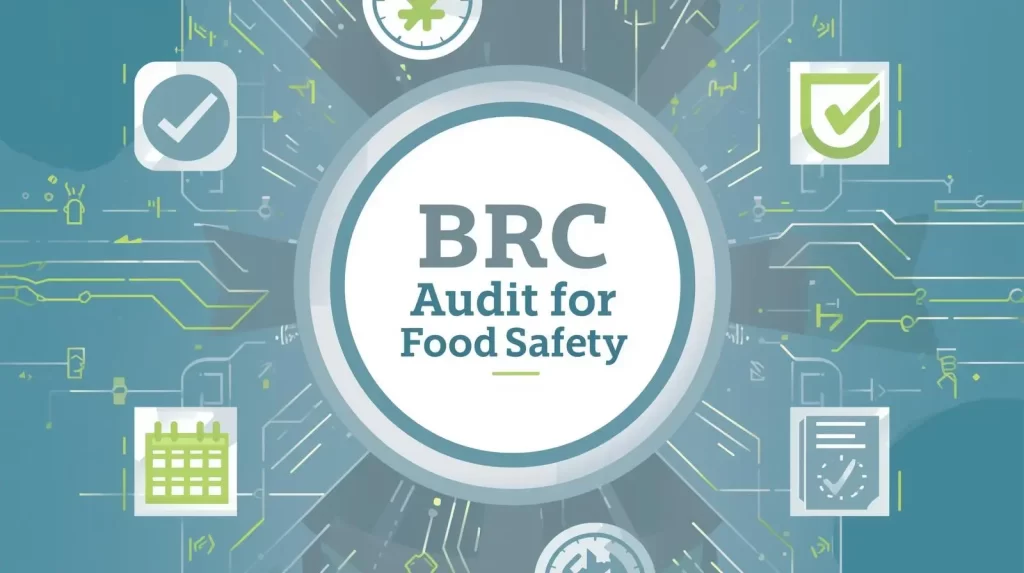A successful implementation of Audit Management Software transforms the internal audit function from a manual, reactive cost center into a strategic, proactive asset. It brings efficiency and accuracy through automating repetitive tasks, which saves time and reduces human error. However, the success of the audit management system software depends less on the software and more on a clear strategy that aligns the technology with your people and processes.
This guide provides a strategic roadmap to ensure your audit management system software’s success.
Setting the Stage: The way to success
The most important step is figuring out why you’re implementing an audit management system. Thus, before deploying the software, figure out what specific “business goal” is behind the change. It’s not enough to just turn the system on you need to see how you want your operations to improve.
- Set Your Metrics: What will you use to measure success? Will it cut the time it takes to do an audit by 45%? Will it keep track of 100% of compliance? Make the goals measurable.
- Assess the “Now” or your current practices: conduct a “gap analysis” of the processes you have. Where are you using spreadsheets that aren’t very good? What are your regulatory risks? This shows the audit and risk management software where it needs to make changes to be more efficient.
- Plan the “Future”: Write down your ideal audit workflow before you change any settings. Pay attention to what is important to your strategy. Keeping the design simple makes it much easier for people to use later and to operate the audit and risk management software.
The Implementation Phase: Build it right
After you’ve set your goals, the next step is to choose the right audit management system software. Then, build the system to support your new and more efficient ways of doing things.
How Do We Pick the Right Software?
A list of features is not enough to help you choose the perfect audit management software. Your platform needs to fit your strategy and work well with the technology you already have.
- Scalability: Will the software be able to grow with your business. The software’s must have the ability to efficiently manage increasing volume of data, users, and complexity of processes.
- Integration: Your other business tools, like Enterprise Resource Planning (ERP) or Government, Risk, and Compliance (GRC) systems, need to be able to talk to the audit management software. This keeps data moving freely and stops you from making new “islands” of data (silos).
- Expertise: Does the software focus on managing audits? For example, Jadian’s Audit Management Software is a well-known leader in the field.
What is the Step-by-Step Plan?
Make a structured project plan for your audit and risk management software with clear goals and people in charge of each task.
- Make the Roadmap: Set dates for training, data migration, and configuration. Give clear ownership to people from both the Internal Audit and IT teams.
- Pilot and Test: Use a small, sample audit pilot program to test the system. This shows technical or workflow gaps that the company hasn’t seen yet.
- Rollout in Phases: Start using the solution in small steps. Starting small gives your team time to get used to things and lets you fix problems that come up early on.
The People Factor: Get Everyone on Board
Technology implementation often fails because of people, not technical bugs. Long-term user adoption depends on stakeholder engagement and clear communication.
Who Should Be in Charge?
The right people with the right authority are needed for projects to be successful.
- Executive Sponsorship: A dedicated executive like the CISO or Head of Internal Audit to support the project. Their help shows everyone in the company that the audit management software is important.
- Authority: The project leader needs to have the power and resources to suggest and enforce changes to processes in all operating units.
- User Feedback: Get feedback from the people who will use the system every day. Everything depends on their buy-in.
How To Train The Team?
Adoption of the internal audit management software happens during training. It should focus on the benefit to the user, which is making their work life easier.
- Make training practical use real-world scenarios and the specific user benefits to encourage rapid user adoption.
- Explain that the Audit Management Software will decrease manual labor and boost audit quality.
- Communicate constantly and effectively: Tell everyone early and often what the project’s goals are and why it’s important. A clear process makes people less afraid of the new technology.
How Do We Ensure Accountability?
At every stage of the audit lifecycle, the internal audit management software should make sure that people are held accountable.
- During Implementation: Make it clear who is in charge of things like gathering data and testing.
- After an Audit: When findings are made, the system must enforce accountability for corrective actions to make sure that problems are fixed quickly.
Important Features: Getting the Audit Management Software to Work for You
The success of your Audit Management Software after implementation is largely determined by how effectively you use its core features to streamline operations. These features include:
- Workflow Automation: This makes it possible to do tasks over and over again, like assignments, approvals, follow-ups, and requests for evidence. Its value comes from saving time and making sure that all of the organization’s processes are the same.
- Centralized Data: The system gathers and keeps all audit-related information in one place, which is called a “single source of truth.” This gets rid of the time-consuming task of looking for files and makes sure that all auditors are using the same correct data.
- Risk-Based Planning: This tool helps you make sure that your audit schedule matches the organization’s level of risk tolerance. The main point of this is to focus limited audit resources on the areas with the most risk.
- Document Control: The software keeps track of and organizes all policies, procedures, and working papers, including a full audit trail. This feature
Your Audit Function, Transformed: The Lasting Benefits of Audit Management Software.
Implementing Audit Management Software is more than just a technical upgrade it’s a strategic business project. The real value comes from following a planned path that starts long before the software is even installed. By first defining success in tangible, measurable business terms and meticulously documenting the ideal future-state processes, organizations can ensure the technology is perfectly aligned with their strategic goals. This work up front stops common mistakes and makes sure that the final solution really does solve problems in the real world.
The human element is also important for success. A structured rollout, empowered leadership, and training that is useful and focused on benefits are all necessary to get a lot of people to use the system and hold them accountable. This all-encompassing approach has huge benefits that change everything. The Audit management software elevates the audit function from a reactive, manual team into a highly efficient, accurate, and proactive business partner. It gives you an unprecedented view of risk, makes sure that everyone follows the rules all the time, and in the end, it adds a lot of value to the business by turning audit findings into useful information for everyone in the company.
Are You Ready To Start Your Journey With Us?
Jadian software services are waiting for you. Let us explore how our end-to-end audit management software can elevate your business audit process.
Frequently Asked Questions
Q: What is the main goal of using Audit Management Software (AMS)?
A. The main goal of AMS, is to automate and manage the entire audit cycle. It heightened the visibility and control over the audit activities. It also creates a corporate structure that is efficient, transparent, and compliant with regulations
Q: What makes it necessary to clearly define success metrics before AMS is put into use?
A: Starting projects without clear “success definitions” often leads to poor “planning, budgeting, and resource governance.” Organizations must clearly explain their expectations and establish ways to measure the results.
Q: After the audit is over, how does AMS technology make accountability systems stronger?
A: The audit management utility must actively enforce accountability through using automated escalation protocols to send tasks to senior executives or sending mandatory reminders when deadlines are missed.
Q: Why must desired business processes be documented before system configuration
A: It is very important to document the “future state” processes ahead of time so that you can re-engineer and improve “high-value processes,” which could lead to a change in the organization.
Q: How does AMS help organizations comply with regulations?
A: It enhances compliance readiness by providing templates, standardized checklists, and automated workflows. This allows compliance officers to demonstrate ongoing control effectiveness and audit ready documentation.

